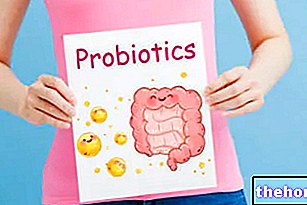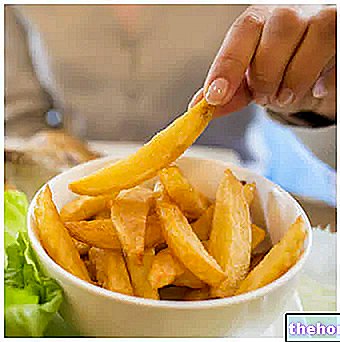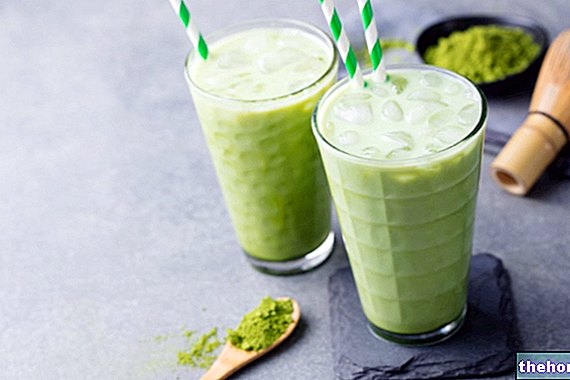What is Lauric Acid?
Lauric acid is a medium-chain saturated fatty acid, because it consists of 12 carbon atoms. It is abundant in dairy products, animal fats and tropical oils. The highest concentrations of lauric acid are found in coconut oil, which although being rich in saturated fats (like all tropical oils), it has a modest atherogenic power (unlike palmitic acid and palm oil).

Industrial uses
In the industrial sector it is used for the production of soaps and detergents, while in the health sector it is known for its antibacterial properties. Once ingested, in fact, lauric acid is converted into monolaurin, a monoglyceride with antiviral, antimicrobial, antiprotozoal and antifungal properties. Coconut oil, lauric acid or single monolaurin are therefore widely used in deodorant preparations or in cosmetics that require the presence of natural substances with an antiseptic effect.
Contained in Food
Regarding the lauric acid content of foods, coconut oil and palm kernel oil (palm seed oil, not to be confused with palm oil, extracted from the pulp) are the most generous sources, with an average content close to Lower concentrations are found in whole milk (2-3%) and in dairy products, while in meats the lauric is present in negligible quantities (0.1%), as well as in commonly used oils, where it is practically absent.
Lauric Acid as an Antiseptic
Being a non-essential fatty acid, we remember how the organism has the possibility of synthesizing it starting from other fatty acids, at the endoplasmic reticulum of the cells. However, precisely because of these antiseptic properties, lauric acid is considered by some authors as a conditionally essential fatty acid, since under certain pathophysiological conditions, such as an infection, it may not be synthesized at sufficient speed. For this reason, also given its low presence in foods, lauric acid is now marketed as supplement; for commercial purposes they praise with excessive enthusiasm anti-infectious properties against candida, HIV, Tinea Pedis (athlete's foot) and herpes simplex, enhanced by the absence of side effects. However, these claims attributed to lauric acid are still to be confirmed.




























